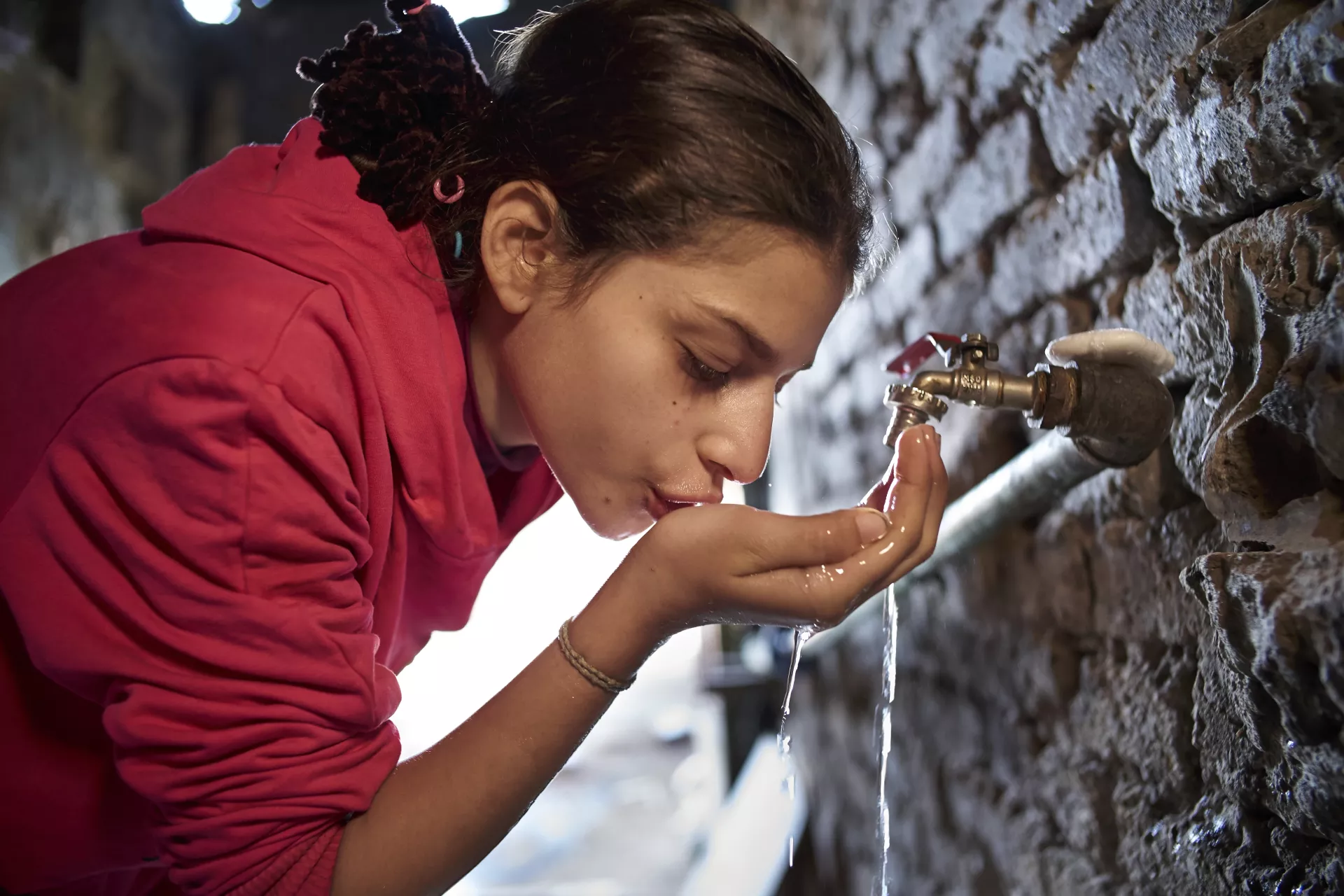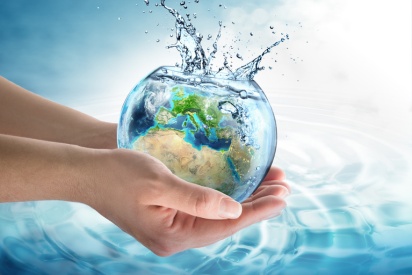Solar-powered water systems
Globally, an estimated 785 million people do not have access to a basic drinking water service. This means they must rely on sources like rivers or lakes – prone to contamination – or travel more than 30 minutes to collect drinking water.
But solar-powered systems can vastly enhance the quality of water services, improving the health, development, safety and livelihoods of children and their families.
Solar-powered water systems can keep children healthy while reducing emissions from diesel systems. They can reduce the impact of declining water levels and extreme weather events by enabling pumping from deeper levels below the ground – even during droughts or when many shallow wells go dry. Most importantly, they can continue operating after storms, when other electrical systems are no longer operational.
Unlike traditional handpumps, solar-powered systems can be used for water storage and can supply water for multiple purposes, making water available to a larger population. This reduces walking and waiting times, and can make water readily accessible to schools, health-care facilities and entire communities.



